
私は、皆様を歓迎いたします。
しかしながら、私は、現在、英語を使用する能力が不足しています。
私は、自動翻訳を使用することによって、この記事を書きます。
そのため、私は、不完全な英語を使用する可能性があります。
もしもあなたが、日本語を理解できる場合は、編集後記を読んでください。
I will welcome everybody.
However, my ability to use English is insufficient now.
I write this article in using the automatic translation.
Therefore, I have the possibility to use imperfect English.
Please read the editor's note when you understand Japanese.
この大木は、天然のサクラです。
私たちは、ヤマザクラと呼んでいます。
私は、この木の年齢は、おそらく200歳以上であると推定します。
この木の生えている場所は、私の家の近くの神社の森の中です。
私たちは、毎年春、この木の美しい花を楽しむことができます。
ヤマザクラは、水田と同様、日本人はとても大切に感じています。
先週、水に感謝するお祭りが開催されました。
この村の歴史は、1300年以上あります。
This gigantic tree is a cherry of nature.
We are calling the Prunus superflua.
Perhaps, I estimate the age of this tree to be 200 years old or more.
In the forest in the Shinto shrine near my house, the place where this tree has grown is in.
We can enjoy the flower with a beautiful this tree in the spring of every year.
Similar to the rice field and Japanese feel the Prunus superflua very important.
The festival that expressed gratitude for water was held last week.
There is a history of this village for 1300 years or more.
今から、茨城県笠間市内で撮影した風景写真をお見せ致します。
その後に、東京都新宿区内で撮影した風景写真をお見せ致します。
Now, I show you the scenic shot of which it takes a picture in the Ibaraki Prefecture Kasama city.
Afterwards, I show you the scenic shot of which it takes a picture in Tokyo Shinjuku Ward.
*********************

田んぼの朝の風景をご覧頂いています。
近くに黄色い花のコスモスがあります。
遠くには、小さな山が見えます。
Please see the scenery of the rice field in the morning.
There is a yellow flower cosmos to be near.
A small mountain is seen far away.
私の家族が、この田んぼを耕しています。
私たちは、収穫の後に、再び一度田んぼに水を満たします。
私たちは、農薬と化学肥料を使用せずに、米を栽培しています。
田んぼは、食料を生産する機能の他に、水資源を保つ重要な機能があります。
さらに、私たちは、いろいろな楽しみを、田んぼの中から発見します。
田んぼは、全ての日本人にとって、とても大切な文化財です。
My family is cultivating this rice field.
After the harvest, we fill the rice field with water once again.
We are growing rice using neither agricultural chemicals nor the commercial fertilizer.
In the rice field, an important function to keep the water resource besides the function to produce food is provided.
In addition, we discover various the enjoyments from among the rice field.
The rice field is a very important cultural asset for all Japanese.
・・・・・・・・・・・・・・・・・・・・

私は、この田んぼの隣に住んでいます。
そして、毎朝、早い時間に仕事を始めます。
元気に働くことができるということは、最も幸せなことであると、私は考えます。
私は昨日、東京都新宿区の庭で、元気に働きました。
I live next to this rice field.
And, work is started at early time every morning.
I think that being possible to work energetically is the happiest.
I worked energetically at the garden of Shinjuku Ward, Tokyo yesterday.
・・・・・・・・・・・・・・・・・・・・

新宿区には、高層ビルがたくさんありますが、住宅街もあり、大勢の人々が生活しています。
新宿区には、とても大きな新宿御苑があります。
その大きな公園の近くに、とても小さい公園があります。
この写真の文章は、その小公園の歴史を記したものです。
近くに住む人たちが、大きな木を保存するために、尊い情熱の力で公園を作りました。
There is a residential area, too and many people live though in Shinjuku Ward, there are a lot of skyscrapers.
In Shinjuku Ward, there is very big Shinjuku Imperial Garden.
Near the big park, there is a very small park.
Sentences of this photograph are records of the history of the small park.
The park was built with the power of honorable zeal so that the people who lived nearby might preserve the large tree.
・・・・・・・・・・・・・・・・・・・・

小さな公園は、この大きな木の下にあります。
この木は、ケヤキといいます。
この木の樹齢は、おそらく200年以上だろうと、私は推測しました。
A small park is under this big tree.
This tree is called a zelkova.
I guessed that the age of a tree of this tree might be 200 years or more perhaps.
・・・・・・・・・・・・・・・・・・・・

この木は、コウゾと呼ばれ、和紙の原料になります。
この写真は、かつてここで、コウゾが栽培されていたことを証明していると私は考えます。
コウゾの根は強靭ですから、100年以上生き延びることもあるでしょう。
江戸時代、新宿は都会ではなく、田舎でした。
新宿でも、笠間でも、コウゾの根が、元気に生き延びています。
私はいつも、コウゾを見ると、先祖達が元気に生きていた時代を想像します。
This tree is called the Broussonetia sieboldii, and becomes the raw material of Japanese paper.
I think that I have proven the Broussonetia sieboldii was grown about this photograph here before.
Because the root of the Broussonetia sieboldii is strong, it is likely to be likely to survive for 100 years or more.
Shinjuku was not a city but the country in Edo period.
The root of the Broussonetia sieboldii is energetically survived also in Shinjuku and Kasama.
When I always see the Broussonetia sieboldii, I imagine the age when ancestors were energetically alive.
・・・・・・・・・・・・・・・・・・・・

私の住んでいるところは、現在でも田舎です。
農村の婦人が、小豆の実を剥く作業をしています。
この小豆は農薬を使用せずに栽培しましたから、安全でおいしい食材です。
安全で健康な生活をめざして、一生懸命働くことは、とても幸せなことであると、私たちは考えます。
私は、太陽と水とすべての人々の恩恵に、いつも感謝しています。
The place where I live is still the country.
The village woman is doing work to peel off the truth of the red bean.
It is a safe, delicious because of grew this red bean without using agricultural chemicals ingredient.
We think that working hard safely aiming at the healthy life is very happy.
I wish always to express my gratitude for the sun, water, and all people's favors.
・・・・・・・・・・・・・・・・・・・
◎里山生きてます・茨城笠間!
応援下さる方は、ポチッと↓クリックお願い致します。
【編集後記】
読んで頂きまして、ありがとうございます。
みっともないからやめろと言われそうですが、相変わらず懲りずにやってます。
昨日の昼休み、20分ほど、新宿の現場近くを散策、都心にも里山の記憶が一杯でした。
天はあまねく日光を降り注いでいますから、自然さんは、大都会でも、密やかに元気を溢れさせています。
続きは、明後日の日曜版でご覧頂きます。
熱意を感じる街は良いものです。
大都会新宿にて、心あたたまりました。










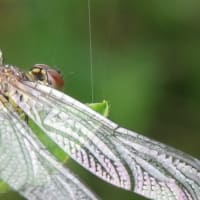



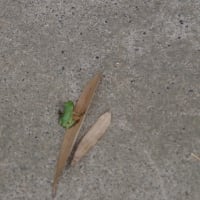
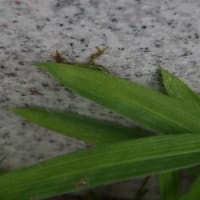
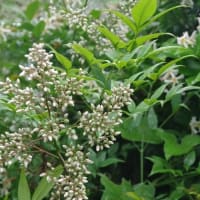
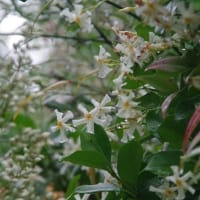
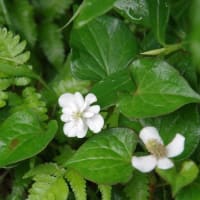
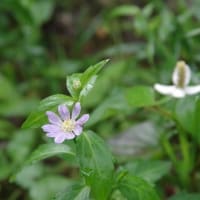
※コメント投稿者のブログIDはブログ作成者のみに通知されます